It's best to start at the beginning. Don't worry, let's not go back to 1893, the year Rudolf Diesel received a patent for his compression-combustion engine — commonly known as the diesel engine.
To understand the rise and fall of diesel engines in the automotive industry, we have to go a century, more precisely to 1997, when the Kyoto Treaty is finally concluded. This treaty where industrialized nations agreed to reduce their annual CO2 emissions.
On average, the richest nations should reduce their CO2 emissions by 8% over a 15-year period — using the emissions measured in 1990 as a benchmark.
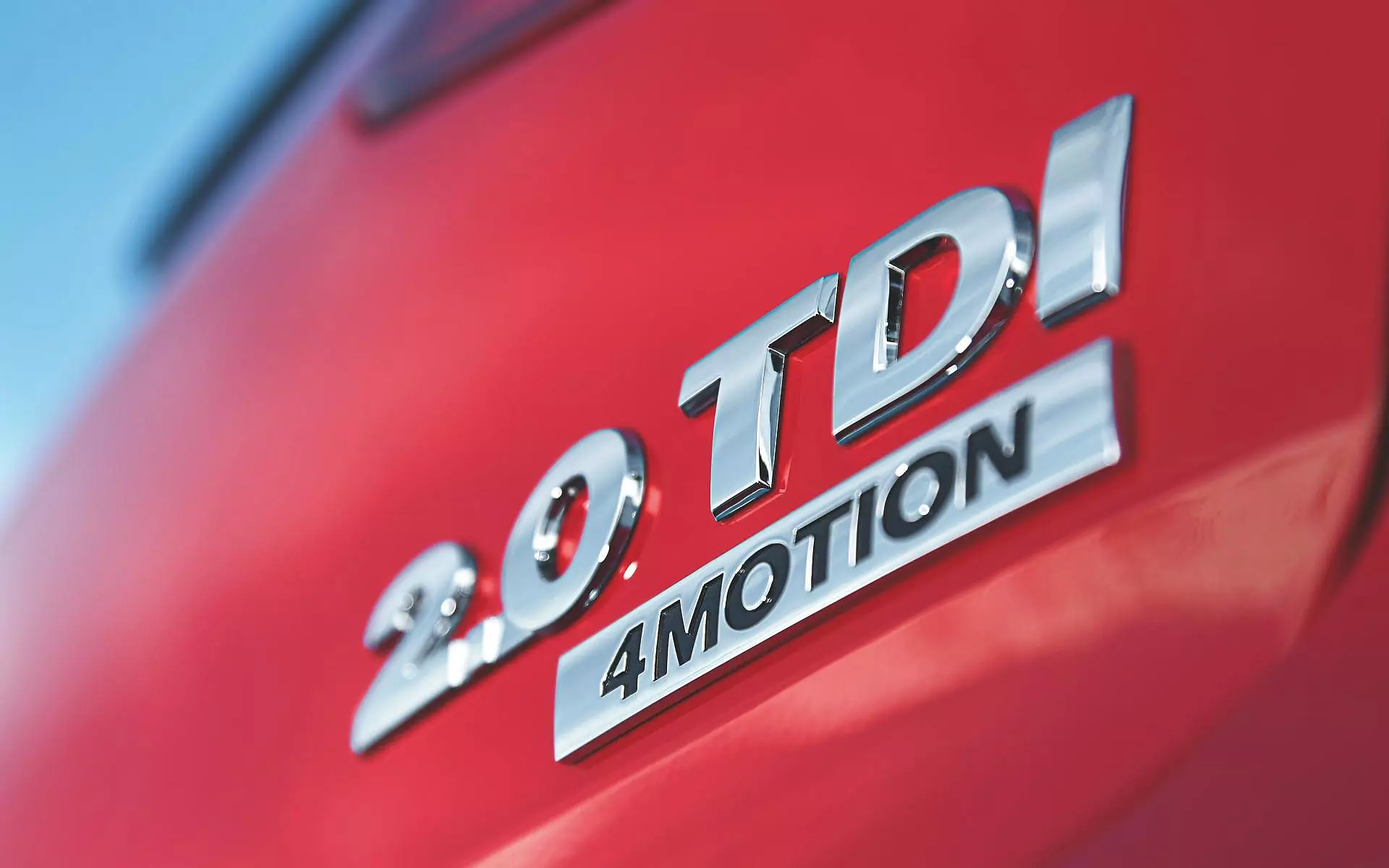
The ascension…
Predictably, transport in general and automobiles in particular would have to contribute to this reduction. But if Japanese and American manufacturers allocated resources to the development of hybrid and electric cars, in Europe, thanks also to the lobby of German manufacturers, they bet on diesel technology — it was the fastest and cheapest way to fulfill these goals.
Simon Birkett, director of the Clean Air London groupIt was practically an order to switch to Diesel. The European car fleet was transformed from being practically gasoline to being predominantly diesel. The UK, along with Germany, France and Italy, offered subsidies and "sweeteners" to persuade car manufacturers and the public to buy Diesel.
Furthermore, the Diesel engine made important technological leaps during the 80's and 90's, which most helped its leading role as an actor in reducing CO2 emissions — Fiat would make a decisive contribution to making Diesel a viable alternative.
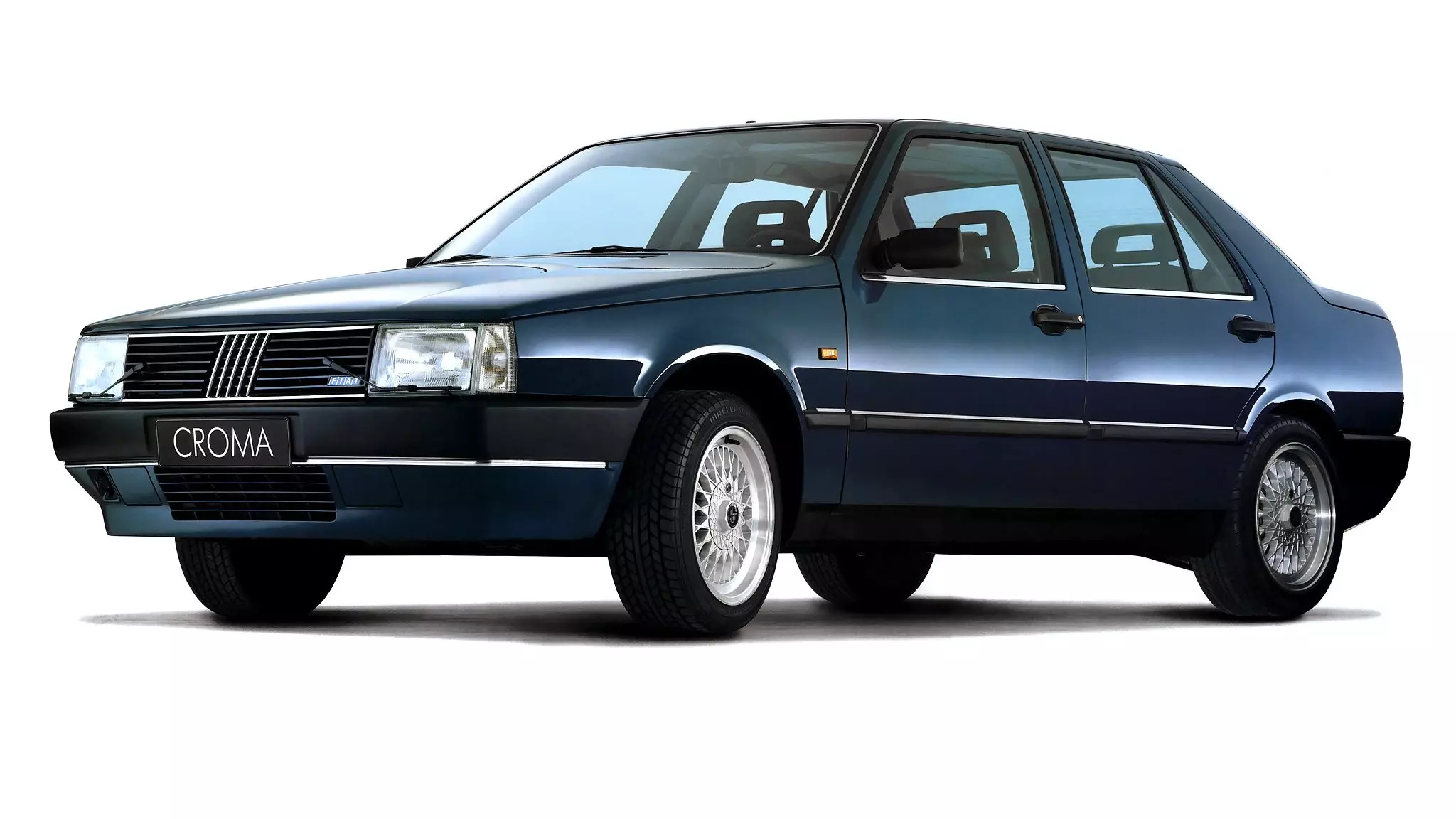
The diesel engine, due to its greater efficiency, produced, on average, 15% less CO2 than the Otto engine — the most common engine with combustion by ignition. But on the other hand, they emitted in greater amounts pollutants such as nitrogen dioxide (NO2) and harmful particles — four times and 22 times more, respectively — that seriously affect human health, unlike CO2. A problem that was not adequately debated at the time — it was not until 2012 that the WHO (World Health Organization) declared that emissions from diesel engines were carcinogenic to humans.
Until the mid-1990s, diesel car sales accounted for just over 20% of the total, but after the concerted change of course — political and technological — its share would rise to more than half of the market — culminating in 55.7% in 2011 , in Western Europe.
… and the fall
If we can point out Dieselgate (2015) as the key moment for the beginning of the end, what is certain is that the fate of Diesel was already set, even though a more progressive decline than the one we see now was expected.
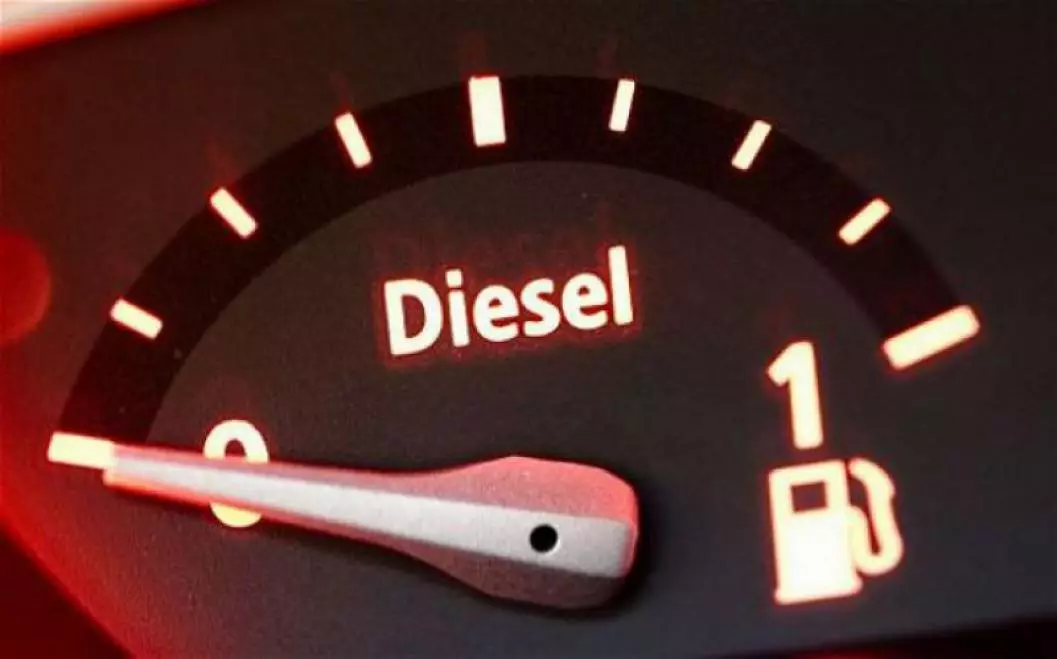
Rinaldo Rinolfi, former executive vice president of Fiat Powertrain Research & Technology — father of technologies like common-rail or multiair — said that, scandal or no scandal, Diesel's decline would have to come about due to the rising costs of these engines for comply with increasingly stringent emission standards.
Its forecast was that demand would stagnate after the introduction of the Euro 6 in 2014, and by the end of the decade its share would be reduced to 40% of the total market — in 2017 the share had dropped to 43.7%, and in the first quarter of 2018 it is only 37.9%, already well below Rinolfi's forecasts, a trend definitely accelerated by Dieselgate.
Given the ever-increasing cost of complying, he foresaw that Diesel engines would become exclusive to the upper segments, capable of absorbing the extra cost of powertrains. We have not yet reached that point, but we have seen the increasing sale of gasoline engines to the detriment of diesel.
The Dieselgate
In September 2015 it became known that the Volkswagen group used a manipulator device in its 2.0 TDI engine (EA189) in the US, capable of detecting when it was being subject to an emissions test, switching to another electronic map of engine management, thus complying with the emission limits imposed. But when on the road again, it returned to the original electronic map — offering better fuel consumption and performance.
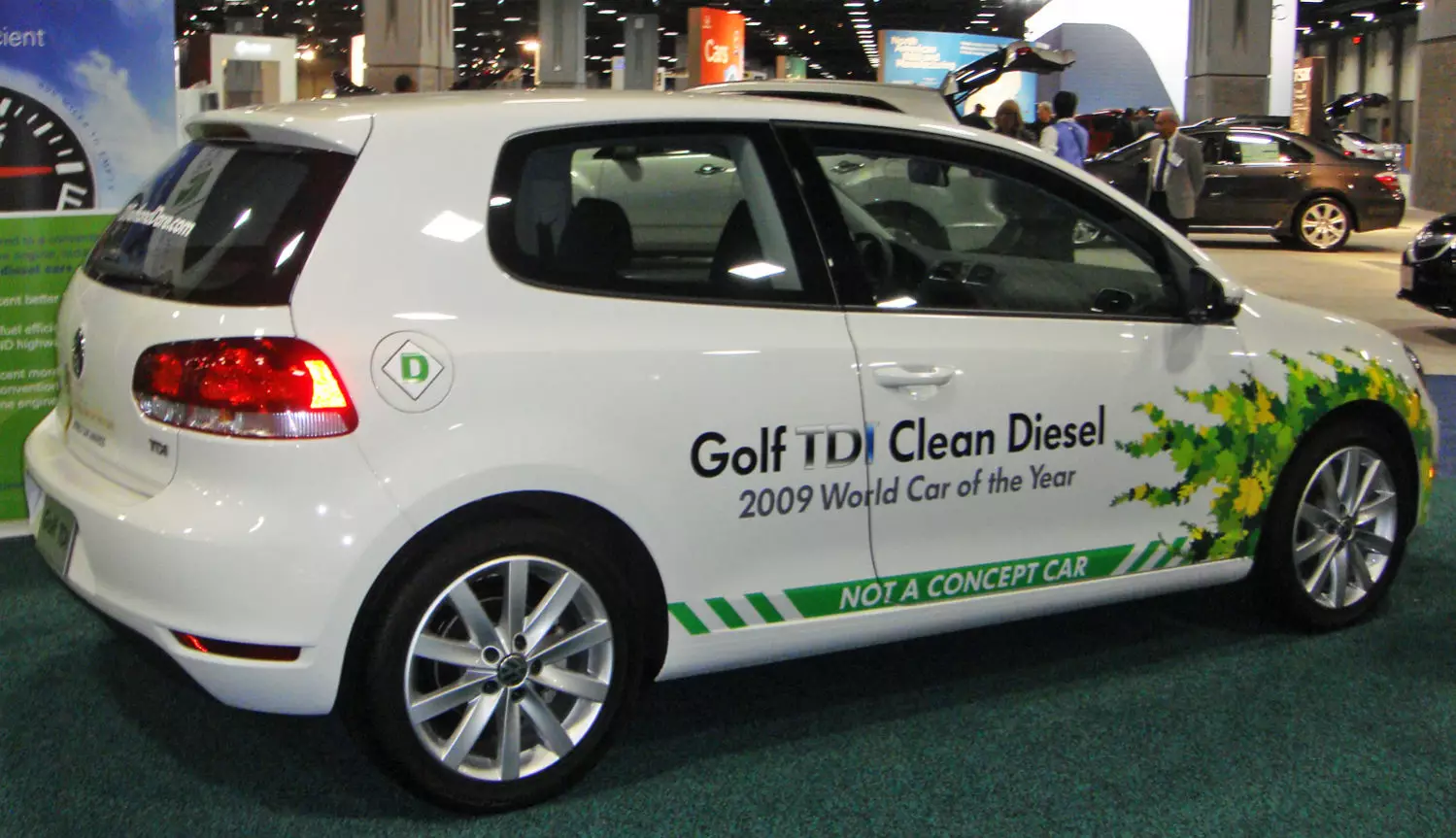
Why did the Volkswagen group in the US receive such a heavy penalty — global costs already amount to more than 25 billion euros — while in Europe, in addition to the collection of more than eight million affected cars for repair, no? In reality, the US was already “scalded”.
In 1998, the US Department of Justice on behalf of the EPA (Environmental Protection Agency) sued all major diesel truck builders for resorting to defeat devices in their engines that resulted in superior emission — above emission. legal limit — NOx or nitrogen oxides.
They had to pay a fine of more than 860 million euros. Naturally, the laws were changed to “plug all the holes” it maintained. European law, on the other hand, despite prohibiting the use of defeat devices, has several exceptions, which make the law essentially useless.
In Portugal
It is estimated that in Portugal there are around 125,000 vehicles affected by Dieselgate, and the IMT requires that all of them be repaired. A decision that has been challenged by DECO and many owners, after there are more and more cases reported of the negative impact that interventions have on affected cars.However, Portugal has not yet taken decisions like those we see in many European cities and countries.
Consequences
Of course, regardless of the sentence, the consequences of the scandal would be felt in the industry. What's more, when further tests on European soil revealed that it wasn't just the Volkswagen group models that had emissions above the limit in real conditions.
The European Commission changed the rules for the certification of vehicles, and in case of irregularities, it now has the power to fine manufacturers up to 30,000 euros per car, in a similar measure to what was already in force in the USA.
But perhaps the hottest reaction has been to ban diesel engines from urban centers. NOx emissions clearly supplanted the topic of CO2 emissions in this discussion . We've been reporting on banning plans — some more realistic, some more fanciful, depending on the announced deadlines — not just for diesel engines, but for all combustion engines as well.
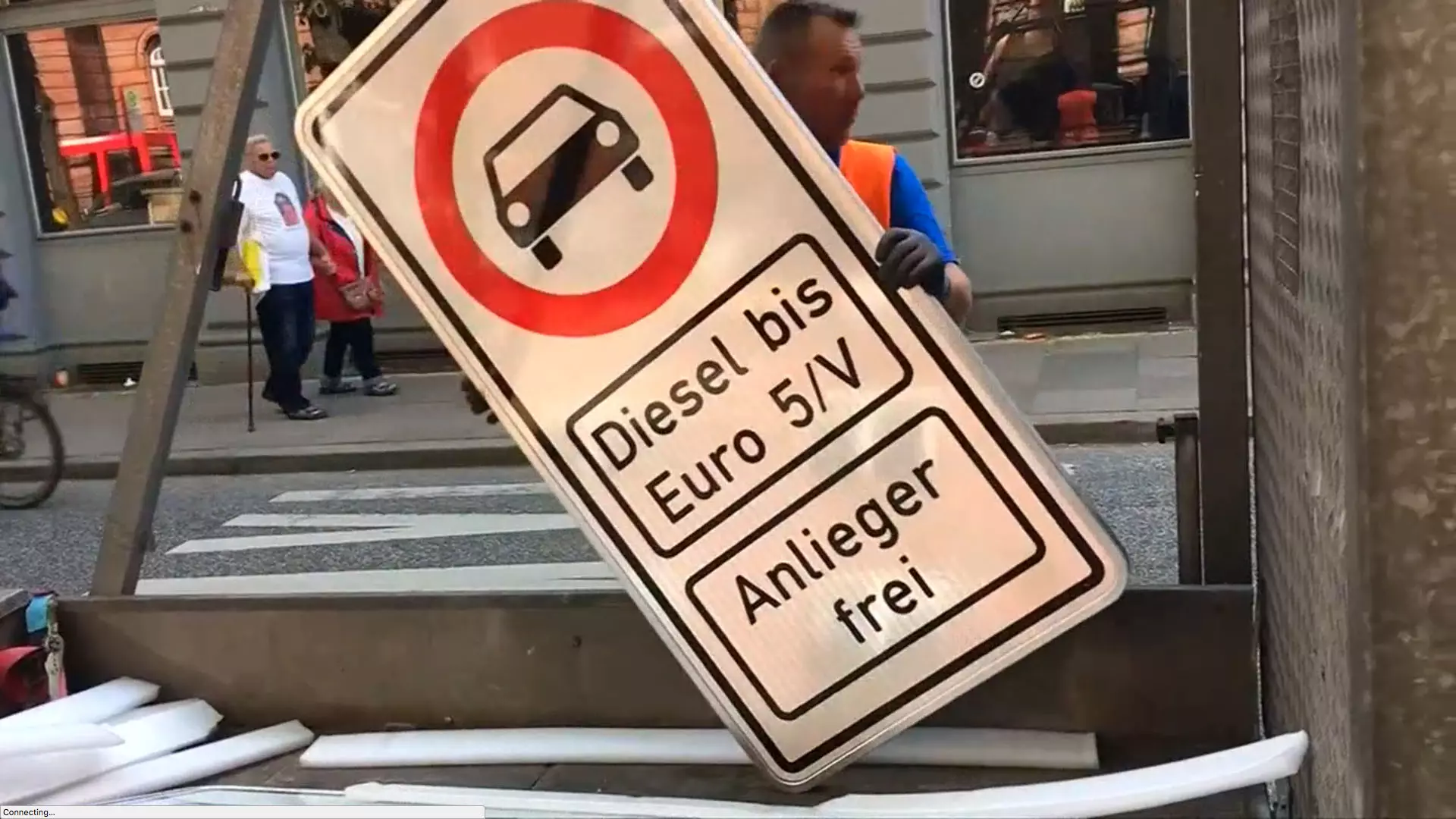
The decision of the Supreme Administrative Court of Leipzig, Germany, gave power to German cities in the decision of banning or not banning diesel engines. Hamburg will be the first city to implement a plan — starting this week — that will prohibit its circulation within its borders, albeit progressively, starting with the oldest.
Diesel dependency
Naturally, the diesel war we witnessed had the most obvious consequence of falling sales, putting European manufacturers in difficulties. Not from a commercial point of view, but from the point of view of meeting the CO2 reduction targets — diesel engines were and are fundamental to achieving them. From 2021 onwards, the average will have to be 95 g/km (value varies by group).
The accelerated decline in sales that we are witnessing has already caused, in 2017, an increase in CO2 emissions in new cars sold. It will be more difficult for builders to meet the proposed targets, especially for those who are most dependent on sales of this type of engine.

And despite a future that will certainly be electric, the truth is that the current and projected sales volume until 2021 in Europe, whether pure electric or hybrid, is simply not and will not be enough to offset the loss of sales in motors. diesel.
End of Diesel?
Will diesel engines go out much faster than anticipated? In light cars it is very likely so, and many brands have already announced their commitment to removing this type of engine from their catalogs, whether in specific models or across their range, introducing in their place combustion engines with various levels of electrification—semi-hybrids, hybrids, and plug-in hybrids—as well as new electrics. In fact, get ready — here comes a flood of trams.
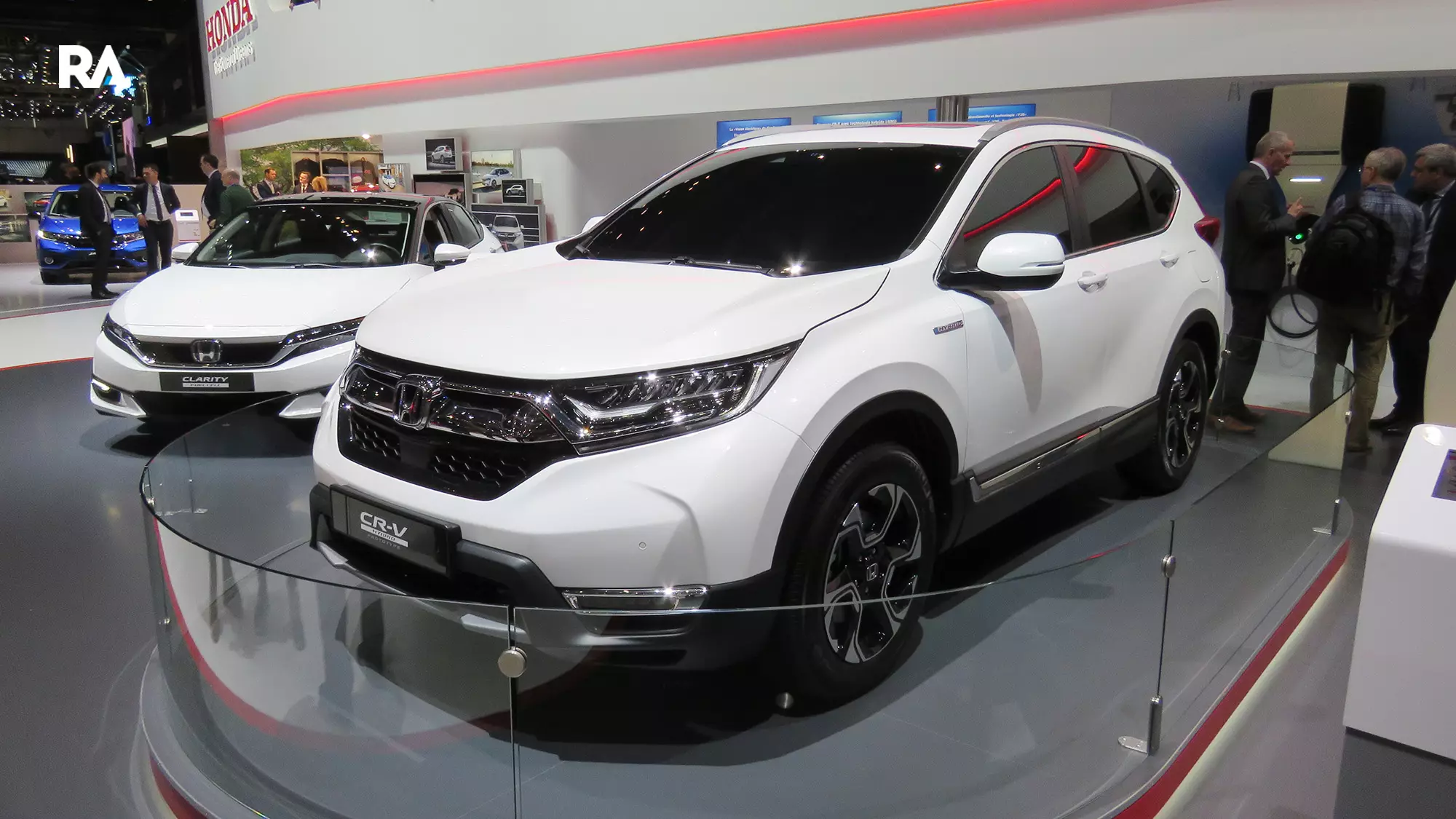
We also announced the end of Diesel about a year ago:
But it seems to have been a somewhat premature announcement on our part:
As we have already mentioned, the Diesels already had their destiny set, with or without Dieselgate. Years before Dieselgate, the map for the introduction of Euro 6 emission standards was already drawn up — the Euro 6D standard is expected to enter in 2020, and future standards are already under discussion — as well as the entry of the new WLTP and RDE test protocols, and the target of 95 g/km of CO2.
Naturally, manufacturers were already working on technological solutions so that not only diesel engines, but all their combustion engines, could comply with all future regulations.
It is true that Dieselgate came to question the development of new diesel engines — some were even cancelled. We have, however, seen the launch of new Diesel proposals — whether updated versions of existing engines to comply with new regulations, or even new engines. And just as we see in gasoline engines, diesels will also be partially electrified, with semi-hybrid systems based on 12 or 48V electrical architectures.
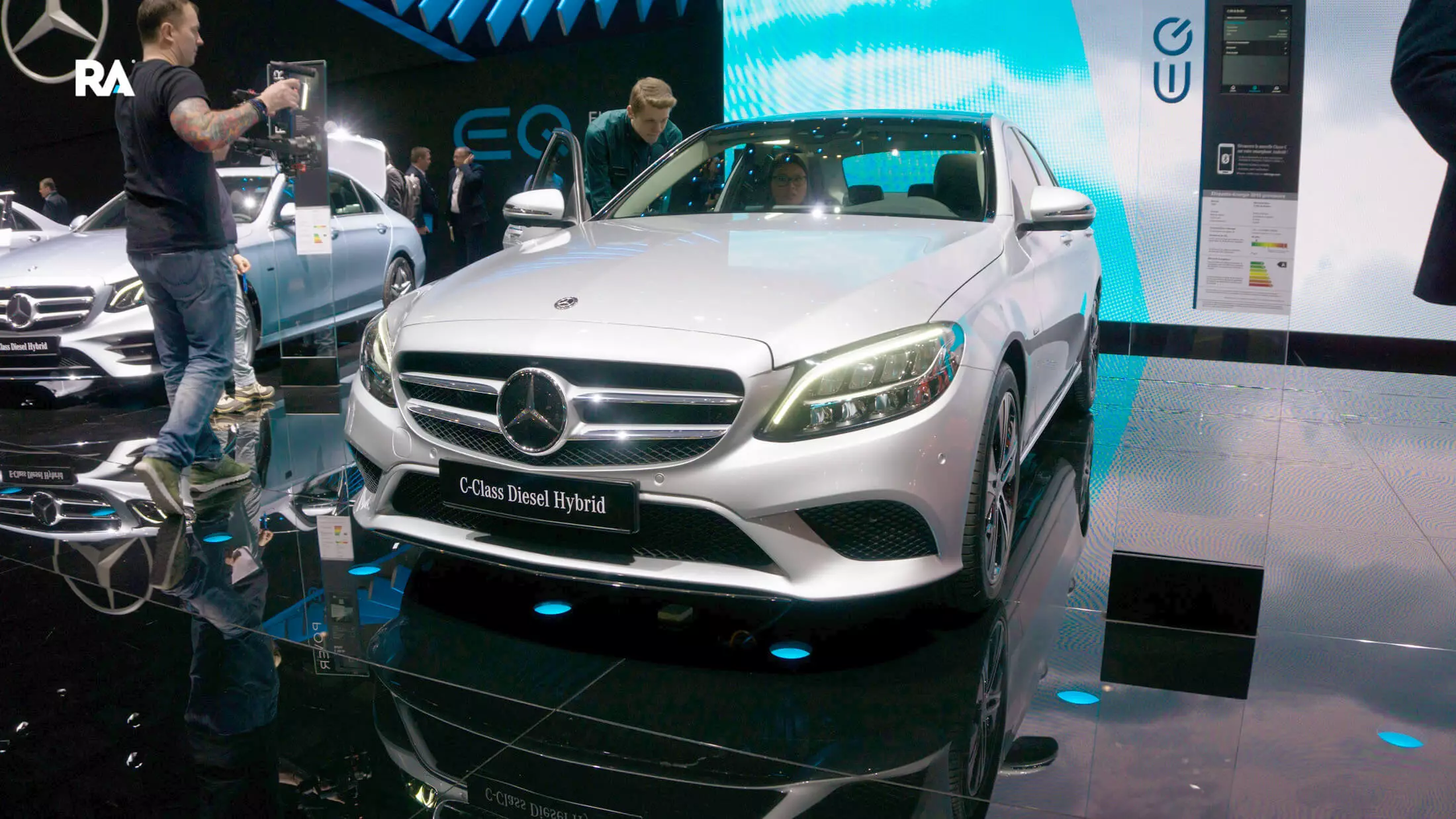
If Diesels have a future? we believe so
If in light cars, especially the more compact ones, their future looks very shaky — and we have to agree that in cars that only travel around towns it is definitely not the best option — there are certain types for which they are still the most suitable. SUVs, especially the larger ones, are excellent receptacles for this type of engine.
In addition, the technological developments we are seeing in this type of powertrain continue to be critical for the heavy transport of passengers and goods — electric technology will still take a while to be a viable replacement.
Finally, not with his degree of irony, one of the main characters in the emissions scandal, was also the one who presented a "revolutionary" solution to drastically reduce NOx emissions in Diesels, which, if proven, can guarantee the necessary feasibility for this type of motorization in the coming years.
Is it enough to ensure Diesel's survival in the market? We'll see.
